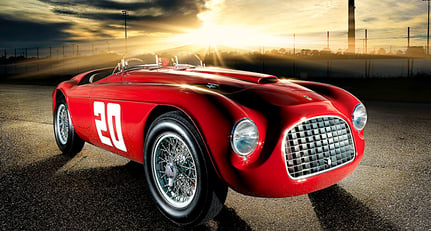As a young man, Günther Raupp studied painting and art history at the State Academy of Fine Arts in Stuttgart, providing him with a good foundation for his photographic compositions, which he first applied to an audio-visual project about Venice that was featured in the Staatsgalerie Stuttgart when he was just 25 years old.
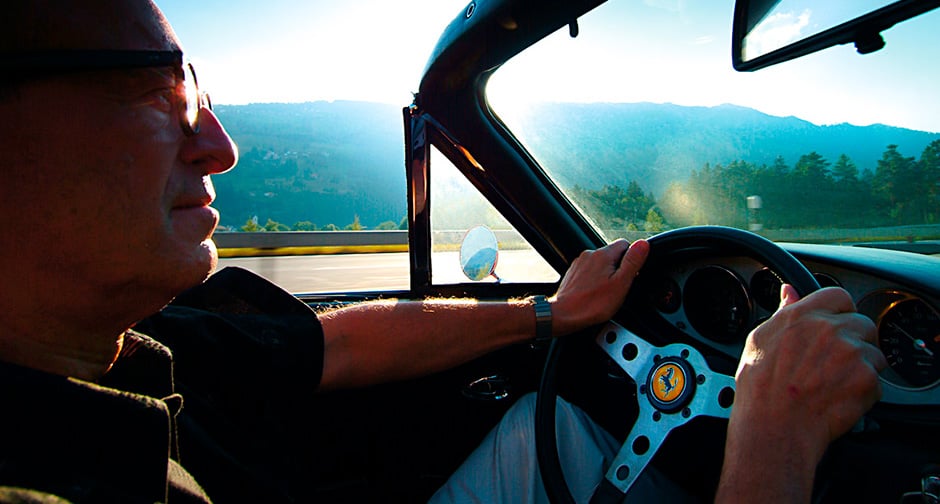
By 1981, the 64-year-old Schwabe from Murr (a district of Ludwigsburg) had found some commercial success and was finally able to fulfil his dream of owning a Dino 246 Spider. Shortly after, with his Ferrari as inspiration, he produced his first Ferrari calendar. The calendar reached the hands of Enzo Ferrari, who was impressed by the first edition and even sent Raupp a personal letter to congratulate him and thank him for a copy.
Thirty-three years on, Raupp is still producing the Ferrari calendar, and it has reached a cult status, especially after being appointed the official Ferrari calendar 17 years ago. For many, it has long been a collector’s item, with Raupp’s gigantic archive of photos providing inspiration for hundreds of Ferrari books. Like a Porsche 911, he has evolved his signature style over the years and, thus, made the calendars unmistakable.
The cars are often posed in the gardens of Villa d’Este, in front of old, dilapidated mansions or, in juxtaposition, alongside hypermodern buildings, such as the Ferrari Product Development Centre. Raupp prefers to place race cars in the pits of a racetrack — the steel and concrete barriers giving them an aura of predators in a cage. No matter the background, each Ferrari seems to be driving off the page.
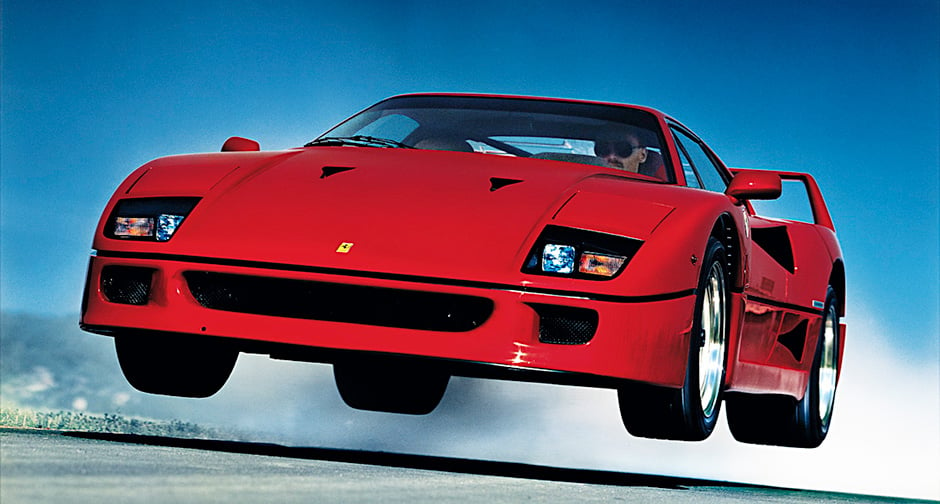

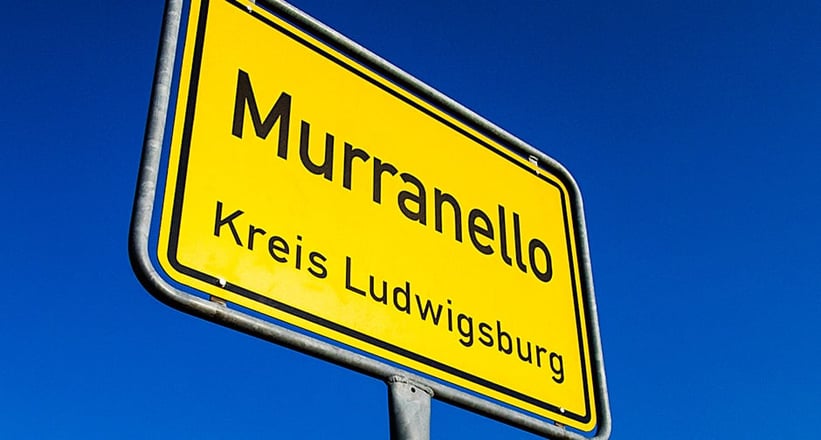
How would you describe your signature style?
My focus is to capture the most eye-catching images. The viewer should be able to project themselves into the pictures — imagine themselves getting into the car and experiencing the ride from the driver’s perspective.
Your photos often portray a high-noon mood, with the cars backlit. What is the purpose of this dramaturgy?
I work with sharp contrasts and shadow, but no blurring. The setting often resembles the threatening situation just before the outbreak of a strong thunderstorm — the resilient vehicle in the eye of the typhoon. The cars are the focus of the photo, dominating the action and freezing in time. I use strategic lighting placement and Photoshop to whitewash the ground, providing the perfect environment to highlight the car’s body colour, whether its Rosso Corsa, Verde Pino, or Giallo Modena.
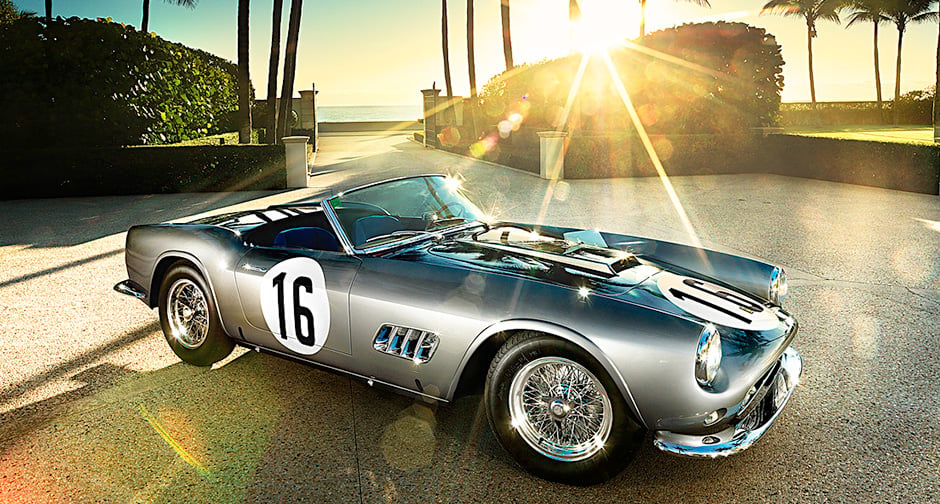
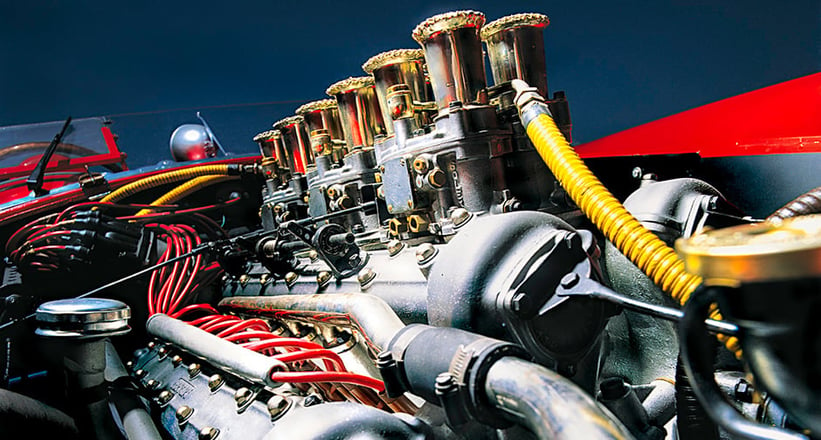
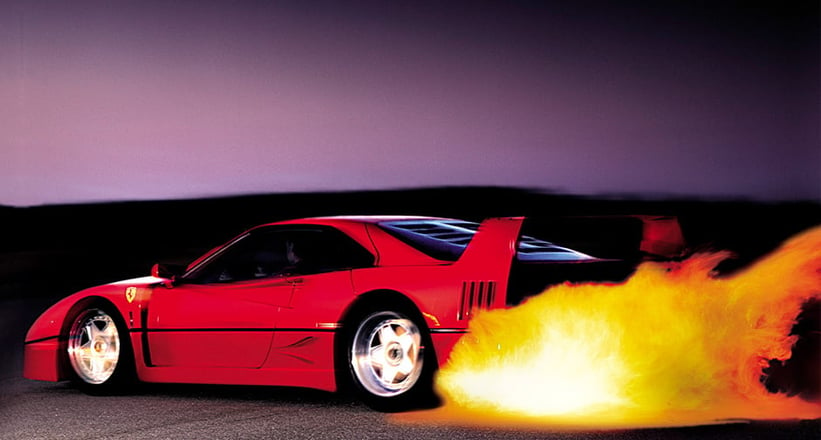
Ferrari provides you with production cars for six months of images, so this leaves six privately owned cars to finish the calendar year. Who are some of the most memorable people to have opened their garages and collections to you to photograph?
One of the most memorable Ferrari collectors I have met was the late Pierre Bardinon. I showed him my first published calendar on our initial meeting in 1985, and after he leafed through it, he asked, “What Ferrari from my collection would you like to photograph first?” More recently, I’ve had the pleasure of shooting cars owned by Peter Kalikow, Jon Shirley, Ralph Lauren, the Steiger family, and Bob Dusek, who purchased a number of Bardinon’s cars after his passing.
How did you get into photographing cars and what did you first shoot?
Cars have been my absolute passion since I was young. My first commissioned shoot was of a Fiat Argenta, successor to the Fiat 132 and the last Fiat with rear-wheel drive — a cruel car. My first private photo shoot was when I was 18, of my first car, a DKW 3=6.

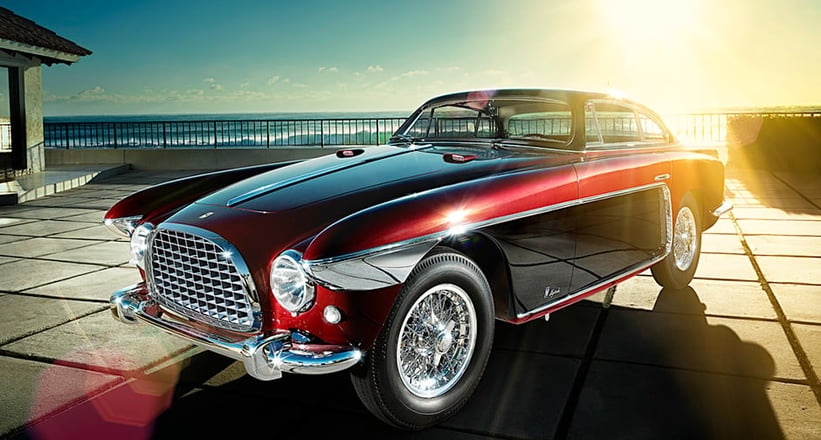
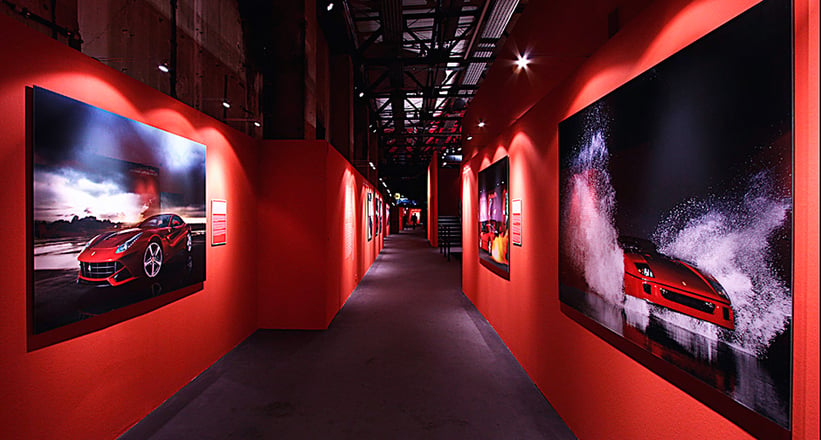
Describe your most memorable photo shoot.
It would have to be the trilogy “Fire, Water, and Air”, which I shot at the end of the analogue era. In this trio, a Ferrari F40 ‘walked’ on water, spit fire, and for a short moment, escaped the earth’s gravitational pull. For the water photo, I constructed a small reservoir with a padded bottom, to protect the F40’s underside, and had the car accelerate to 80 km/h, creating the perfect amount of spray. For the fire shot, I employed a movie production special effects team to install a pyrotechnic display at the back of the car. In order to protect the car from the flames, the whole rear was covered in red asbestos. For the final photo, the air shot, we set the F40 down an asphalt road at 80 km/h, hitting the perfect knoll to send it flying over an infrared barrier.
Another unforgettable experience was a photo shoot commissioned by the tourism department of Lake Garda, which took place in picturesque Punta San Vigilio and featured ‘Miss del Garda’ models — a dream job!
What piece of equipment in your camera bag could you not do without?
Typically, I like to focus less on the equipment and more on three elements to guarantee a good picture — position, timing, and editing. That being said, my favourite lens is the wide-angle 35mm Hasselblad. The Hasselblad is the Ferrari of cameras. We’re talking about recording sensors with at least 50 million pixels.
What editing software do you use?
Photoshop and Lightroom.
How would you describe your dream photo shoot?
Always the next one.
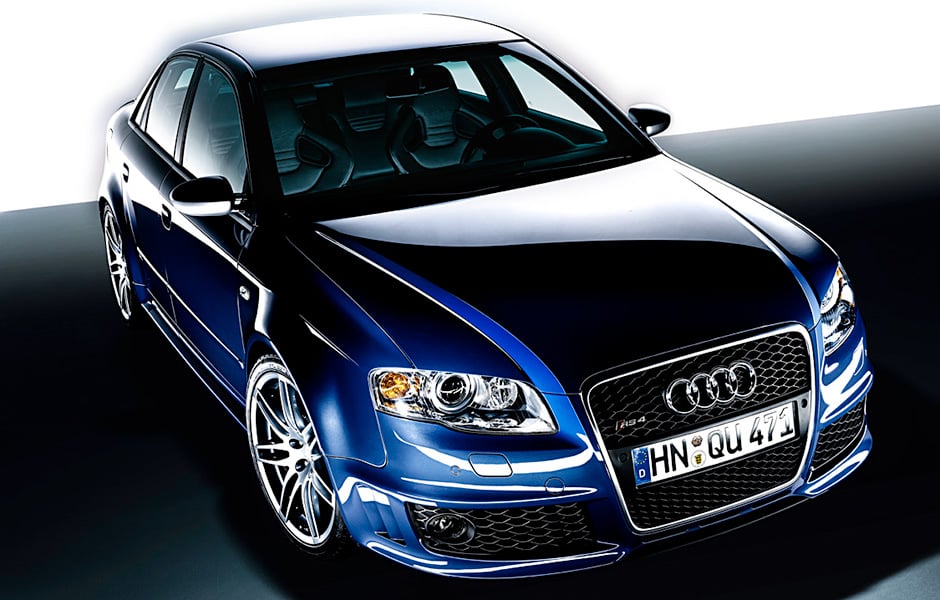
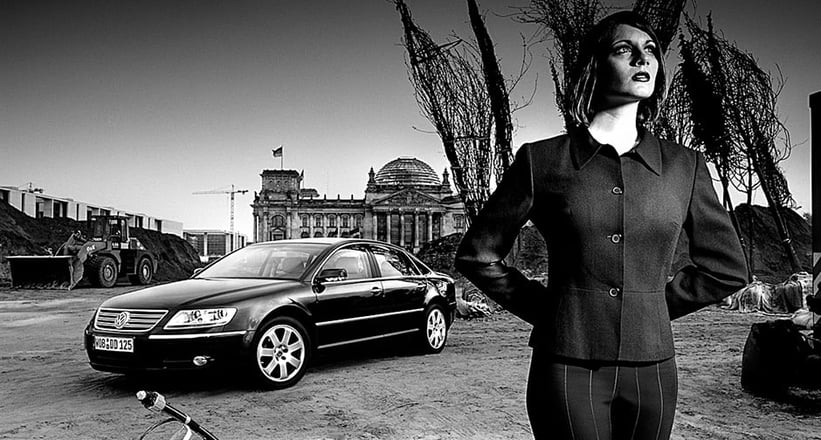

How do you expect the Ferrari calendar to look in the next 10 years?
I think the background will continue to evolve. Even today, in some of my photos, odd and sometimes unattractive objects are visible, like the Italian TV antennas on Enzo Ferrar’s house in Fiorano — not only did I choose to keep them in the photo but I even enlarged them. At another shoot, there was a greasy bike with a Ferrari sticker in the background. This would normally be removed, but it, too, remained in the picture, to many people’s amusement.
There will also be the launch of a digital Ferrari calendar app for smartphones and tablets, with new media, like videos, being incorporated.
After 33 years, do you ever get bored of photographing Ferraris?
At the end of the ’80s, I spent a week in Detroit photographing concept cars for Ford, and on another commission I later accompanied the introduction of GM's Saturn brand in the United States. I've also provided images for more than 500 brochure pages for Porsche, among others for the Panamera. But Ferrari was, and remains, something special – this is a passion that will never go out..
Photos: Günther Raupp © 2017
